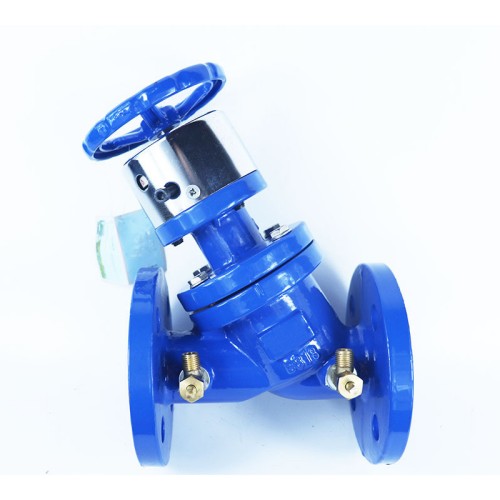types of control valve and applications
Types of Control Valves and Their Applications
Control valves play a pivotal role in various industrial processes, serving to regulate fluid flow, pressure, temperature, and other variables in a system. Understanding the different types of control valves and their applications is essential for optimizing system performance, increasing efficiency, and ensuring safe operations. This article will provide an overview of the main types of control valves and discuss their specific applications.
1. Globe Valves
Globe valves are one of the most commonly used control valves in industrial applications. They are designed with a spherical body and an internal baffle that facilitates easy control of flow. The flow area can be adjusted by moving a plug or disc closer to or further from the baffle. Globe valves are particularly effective for throttling applications due to their ability to provide a stable flow rate. They are widely used in steam, water, and gas applications across power plants, chemical processing, and water treatment facilities.
2. Ball Valves
Ball valves feature a spherical ball with a hole in the middle that allows or restricts flow. They are known for their durability, quick operation, and minimal pressure drop when fully open. Ball valves can be utilized for both on-off and throttling applications, though they are more common in on-off service. Industries such as oil and gas, water distribution, and food processing frequently utilize ball valves due to their reliability and ease of use.
3. Butterfly Valves
Butterfly valves consist of a rotating disc that regulates flow. They are compact, lightweight, and have a simple design, making them suitable for large volume applications where space is a concern. Butterfly valves can be used for throttling, but they are more efficient when used in a fully open or closed position. These valves are commonly found in applications such as HVAC systems, wastewater treatment, and irrigation.
4. Gate Valves
types of control valve and applications

Designed primarily for on-off operations, gate valves allow full flow when fully open and completely stop flow when closed. They consist of a wedge-shaped gate that moves perpendicular to the flow direction. While gate valves do not provide good throttling capabilities, they are well-suited for applications requiring minimal pressure drop, such as in pipelines transporting water, oil, and gas. Gate valves are prevalent in power plants, refineries, and chemical processing plants.
5. Check Valves
Check valves are essential for preventing backflow in a system. They operate automatically, allowing flow in one direction while blocking reverse flow, which can cause system failures or damage. While not typically used for throttling, check valves are critical in pump installations, water treatment, and various process applications where reverse flow needs to be avoided.
6. Pressure Relief Valves
Pressure relief valves automatically release pressure from a system when it exceeds a predetermined level, thereby preventing potential system failures or catastrophes. These valves are crucial in industries such as chemical manufacturing, oil and gas, and pharmaceutical production, where pressure control is vital for safety and operational integrity. They come in various designs, including spring-loaded, pilot-operated, and vacuum relief valves.
7. Electronic Control Valves
With advancements in technology, electronic control valves have emerged, offering enhanced precision in flow control. These valves use sensors and actuators for automated control, allowing for real-time adjustments based on system demands. They are especially useful in complex systems such as smart manufacturing, HVAC, and process automation, where control accuracy directly impacts productivity and efficiency.
Conclusion
The selection of the appropriate type of control valve is crucial for the efficiency and safety of industrial systems. Each valve type offers unique advantages and is suited to various applications. By understanding the characteristics and functions of globe valves, ball valves, butterfly valves, gate valves, check valves, pressure relief valves, and electronic control valves, engineers and operators can make informed decisions that enhance system performance and ensure smooth operations across different industries. As industries evolve, the role of control valves will continue to be vital, adapting to new technologies and methodologies.
-
3-types-of-check-valves-maintenance-tipsNewsAug.23,2025
-
ball-valves-types-with-trunnion-mounted-designNewsAug.23,2025
-
butterfly-valve-company-production-capabilitiesNewsAug.23,2025
-
fisher-globe-valve-technical-specificationsNewsAug.23,2025
-
types-of-gaskets-for-flanges-selection-guideNewsAug.23,2025
-
wedge-gate-valve-suppliers-quality-standardsNewsAug.23,2025
-
Breakthrough in Domestic Low Temperature Valve Technology in ChinaNewsAug.18,2025




